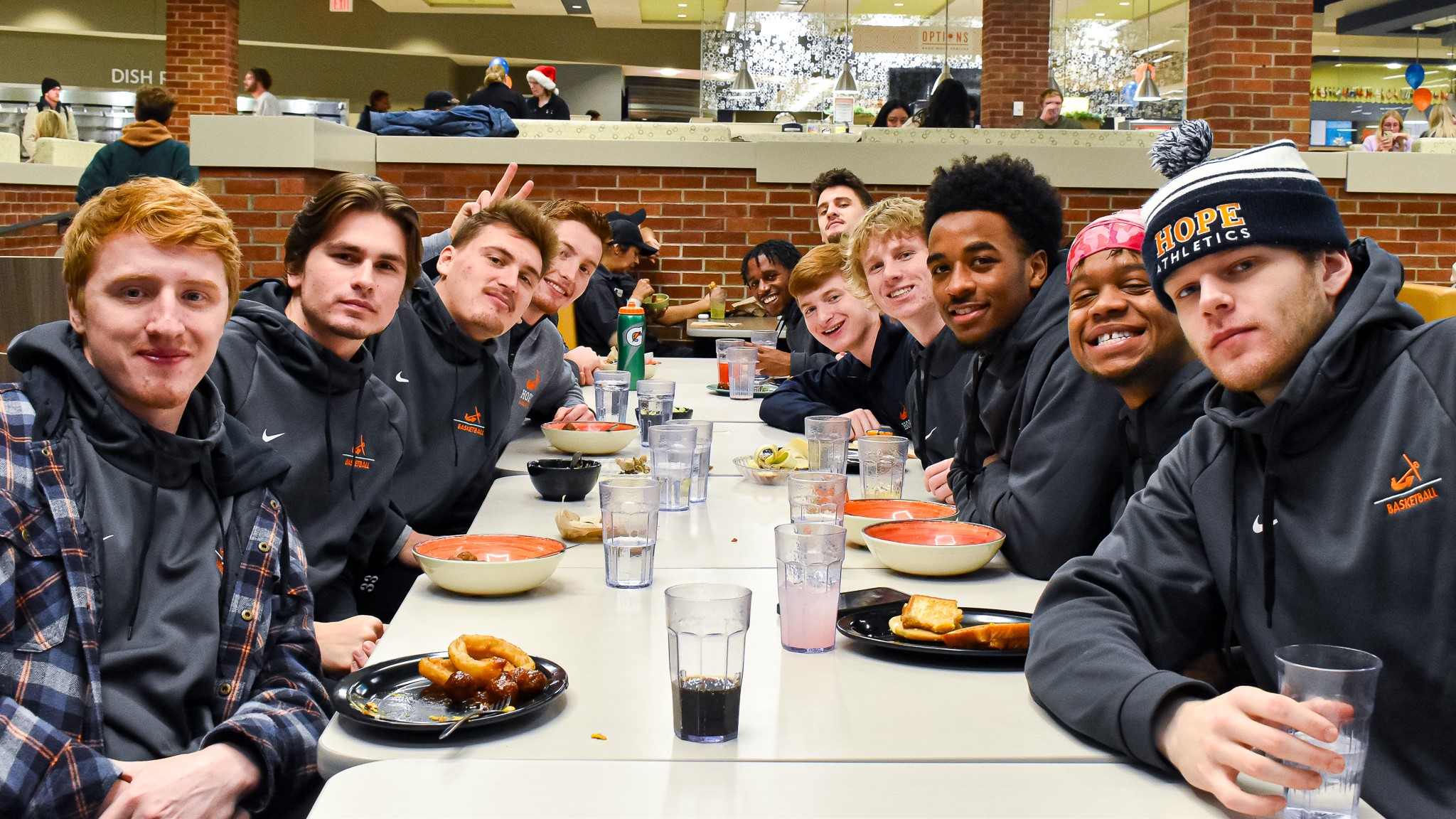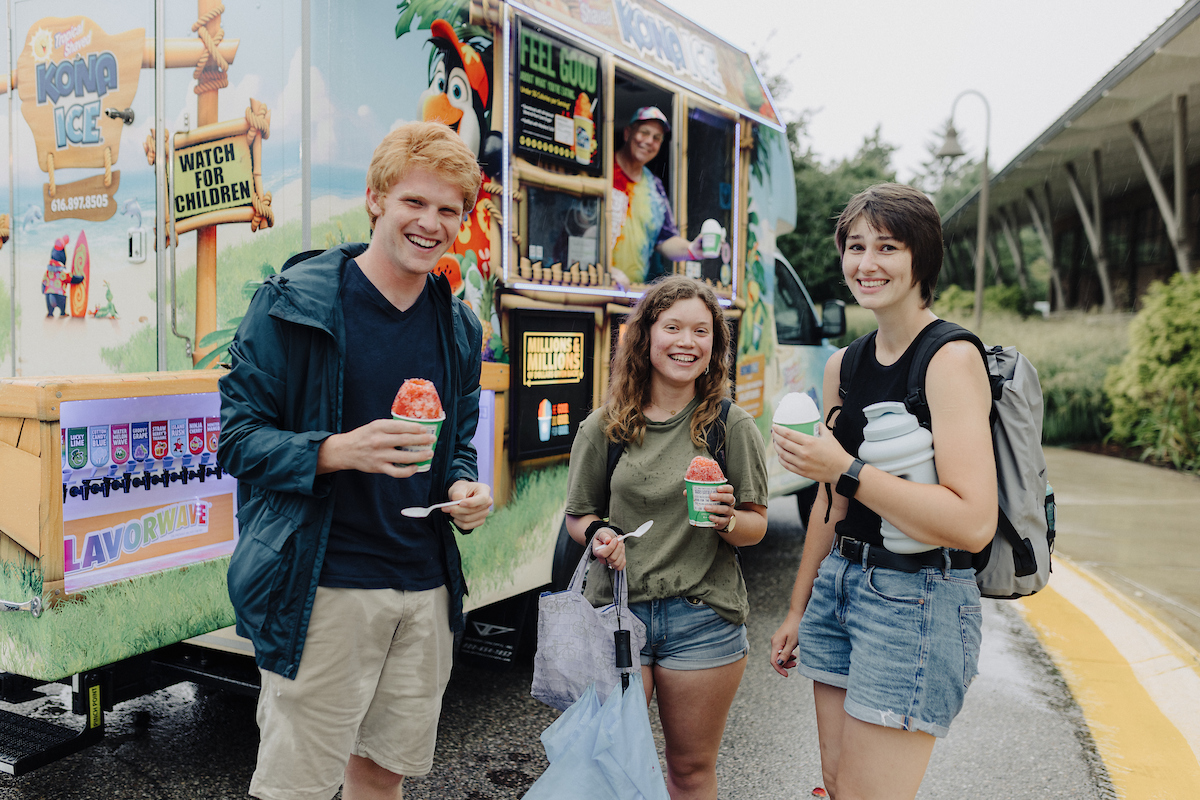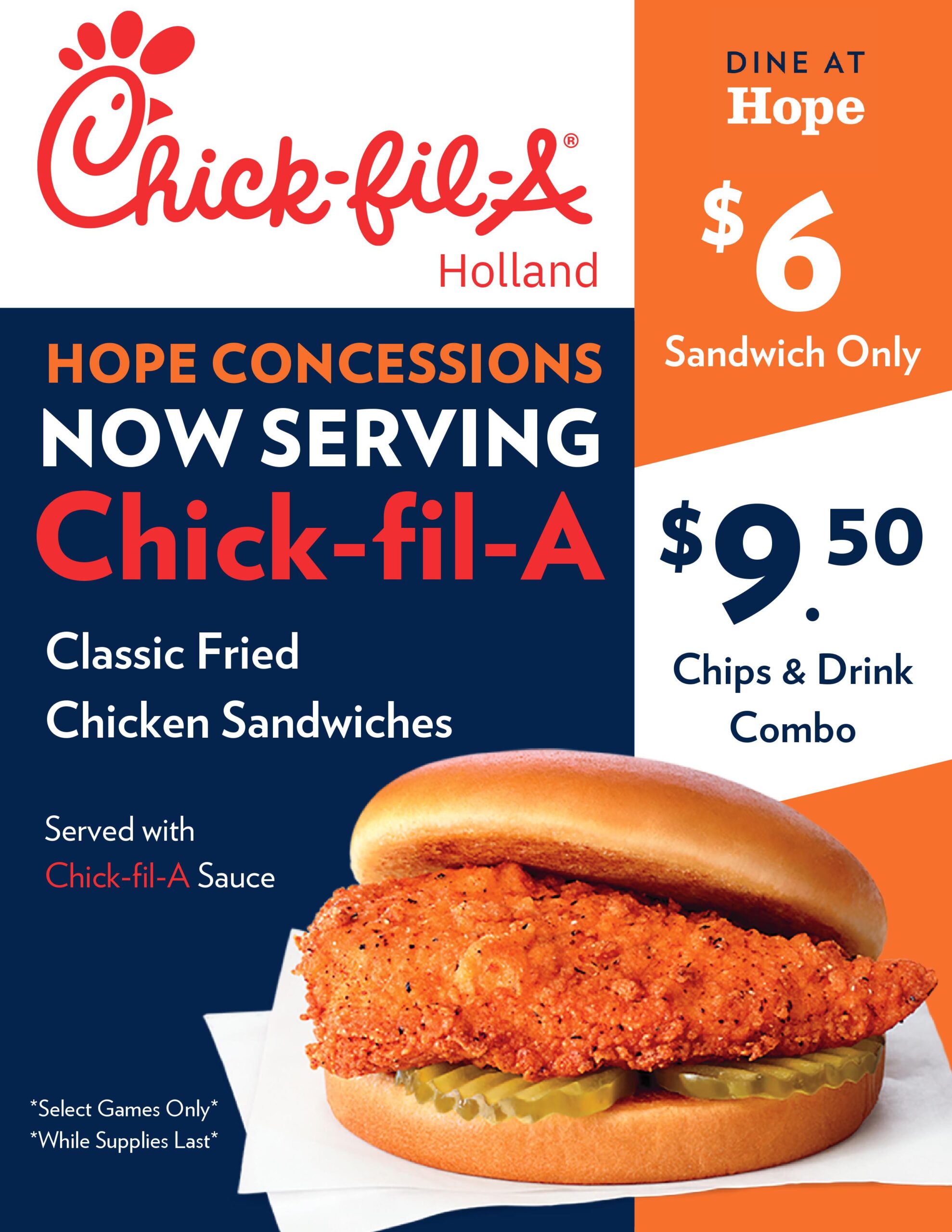One way colleges and universities support their students’ academic endeavors is through on-site dining services, like dining halls or micro markets. The use of meal plans and availability of certain foods can have a significant impact on performance in the classroom. Studies show that access to robust meal plans can help fight food insecurity in student populations. In fact, this directly correlates with improved academic performance. Studies even show that meal swipes can be tied to higher graduation rates.
The catch: campus dining services and their associated meal plans are only helpful if students participate in them! Here are some questions to ask when addressing the lack of student meal plan buy-in:
- Are prices reasonable?
- Is the plan flexible enough to accommodate student schedules?
- Does the dining facility cater to student dietary restrictions and preferences?
- Does the plan accommodate off-campus options?
After addressing the questions above, there are still some creative things you can do to generate excitement around dining and increase meal plan participation, even with off-campus students. Here are five ways colleges and universities can boost the number of students who buy into and participate in meal plans.
Offer Flexibility & Incentives
How you structure your meal plans impacts how many students participate in them. Students spend differing amounts of time on campus, but even those living off-campus can benefit from the right meal plan. For students who aren’t required to purchase a meal plan, flexibility, and ease-of-use are key to selling these plans to the greater student body.
Start by offering tailored meal plans so that students only pay for what they actually want, putting their individual needs first. There’s a lot of thought that goes into how many meal plan options are appropriate for each school, and research is crucial here. We highly recommend going directly to the source—the current student population—using surveys or focus groups to guide the most effective meal plan options.
Higher education is an important investment for students, and they want to ensure they’re getting the most bang for their buck. You can incentivize larger meal plan buy-in by offering discounts for larger plans (for example, buying 200 meals for $10 each versus 100 meals for $14 each), emphasizing the value proposition of buying more. Keep in mind the price of food elsewhere, too. While it’s already more convenient for those living in dorms or visiting for class to eat on-campus, you want to ensure your dining program is more cost-effective than dining out regularly.
Additionally, plans that include flex dollars to use at campus retail locations and micro markets are appealing to students residing on or off campus. Consider creating an upperclassman meal plan and even a meal plan for school athletes who need access to meals at alternative times due to practice and game schedules.
Student & Faculty Collaboration
Sharing meals is a great way to build community, and your dining hall has the potential to be a social hub for student and faculty collaboration. To encourage faculty to use the dining hall, consider offering faculty meal plans and booths with easy access to charging ports for student/faculty meetings.
To support impromptu interactions, create special events that involve the faculty. Some schools regularly host special events—like “Pancakes with the President” or “Donuts with the Dean”—to merge faculty engagement with students and exciting, special foods that everyone loves.
Establish New Campus Traditions
On-campus dining offers an opportunity to create new traditions in dining halls that students can look forward to year after year. This will encourage students to purchase meal plans, even when they move off campus, and will generate excitement within the student community.
At one of our accounts, our dining team hosts bingo and trivia nights, serving up mocktails and finger foods. The dining hall evolves from a place to eat to a prime destination to hang out with friends. Another account hosts an annual “Hoops Happening” event, which is a collaboration with the school’s athletics program and women’s basketball team.
The dining team designs a special menu full of fun appetizers, classic tailgate foods, and basketball-themed desserts. The special foods—in addition to music, spirit gear, games, prizes, and giveaways—drive excitement and support for the basketball team’s annual game against their rival school.

By creating reliable campus dining traditions, students will look forward to congregating and socializing in the dining hall and this can improve your meal plan participation.
Make Menus Exciting for Everyone
We’ve talked before about how overall menu variety is important, especially international cuisine and other interesting dishes. Not only does this continually expose students to interesting new foods, but it also keeps them engaged with the menu and curious about what might come next. While this is generally easier to do for the masses, it’s also important to extend the same newness and excitement to students with dietary restrictions.
Students may have food allergies or sensitivities, require religious dietary accommodations, or simply have personal food preferences. But just because students may be restricted by their diet doesn’t mean dining facilities need to limit their options!
Ensuring all food items are properly labeled with common allergens and dietary preferences—such as vegan, vegetarian, or halal—can go a long way in ensuring diner comfort. Dining facilities can also strive to be mindful of religious holidays and accommodate students accordingly, like extending late and early hours for students participating in Ramadan or offering more seafood protein choices on Fridays during Lent.
Being mindful to include everyone allows a wider range of people to comfortably dine in your facilities and experience unique and enticing dishes they otherwise may not have been able to try. Encouraging students to feel more comfortable dining on campus can make them more likely to buy into a campus meal plan.
Collaborate with Outside Vendors

Even when a dining hall offers plenty of menu variety, students just want something that feels special and different. Bringing local vendors to campus will generate excitement, enhance variety, and create a positive tie to the local community.
Host a “Food Truck Friday” event to kick off or wind down the school year, or invite a local restaurant into the dining hall to host a guest food station. Encourage student participation by having dining hall visitors vote for who they want to bring to campus.
Take Fresh Menus to the Next Level
There are basic things we know students want: they want real quality food that looks good, tastes good, and leaves them feeling good. Menu freshness is just as important as food quality, but to really level-up what “fresh” means, we have to dig deeper.
“Fresh” could mean a lot of things, including how fresh the actual ingredients are. But this sense of newness can also expand to include overall menu variety, especially leaning into international cuisine and meals not typically found regionally. Not only does this continually expose students to interesting new foods, it keeps them engaged with the menu and curious about what might come next.
While this is generally easier to do for the masses, it’s also important to extend the same newness and excitement to students with dietary restrictions. Students may have food allergies or sensitivities, require religious dietary accommodations, or simply have personal food preferences. But just because students may be restricted by their diet doesn’t mean dining facilities need to limit their options!
Ensuring all food items are properly labeled with the top nine allergens, halal or kosher ingredients, or vegan and vegetarian options can go a long way in ensuring diner comfort. Dining facilities can also strive to be mindful of religious holidays and accommodate students accordingly, like extending late and early hours for students participating in Ramadan or offering more seafood protein choices on Fridays during Lent.
Being mindful to include everyone allows a wider range of people to comfortably dine in your facilities and experience unique and enticing dishes they otherwise may not have been able to try. Encouraging students to feel more comfortable dining on campus can make them more likely to buy into a campus meal plan.
Communication is Key
Students can only engage with your meal plan and dining program if they know what’s happening. The biggest component of that is communicating to students what’s happening at the dining hall across several avenues, both physical and digital. Here are a few ways we’ve done this:
- Posting the latest updates on dining service-specific social media accounts
- School newspapers & emails
- Posters and digital signage around campus (education buildings, residence halls, athletic facilities, the dining hall, etc.)
- Notes on giveaways and treats
Implementing creative ideas and communicating clearly with students helps foster an environment where meal plan participation becomes a more important part of their academic experience. With the right plan in place, it’s possible to turn your dining facility into a hub of collaboration and connection that’s integral to the school’s culture.

Don’t dine & dash!
Curious about what a program designed around improved student meal plan participation could look like for your college or university? Reach out to us. We’d love to chat with you about your options.


